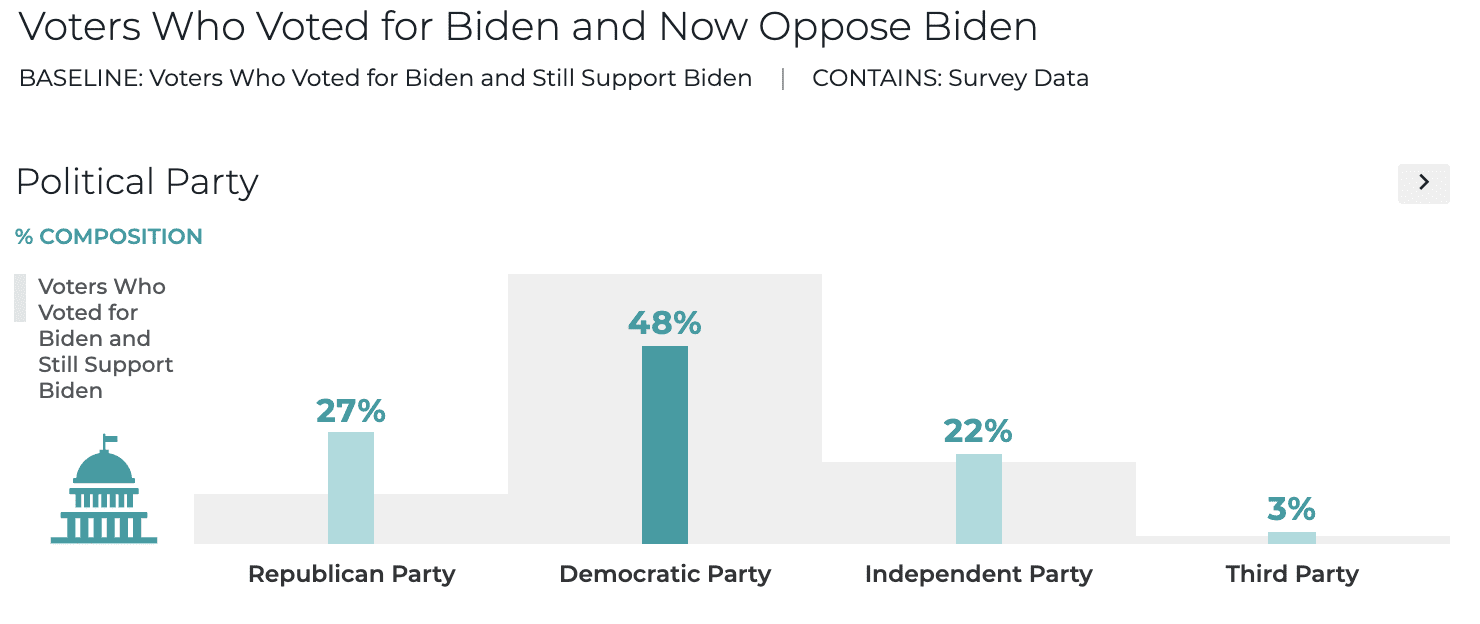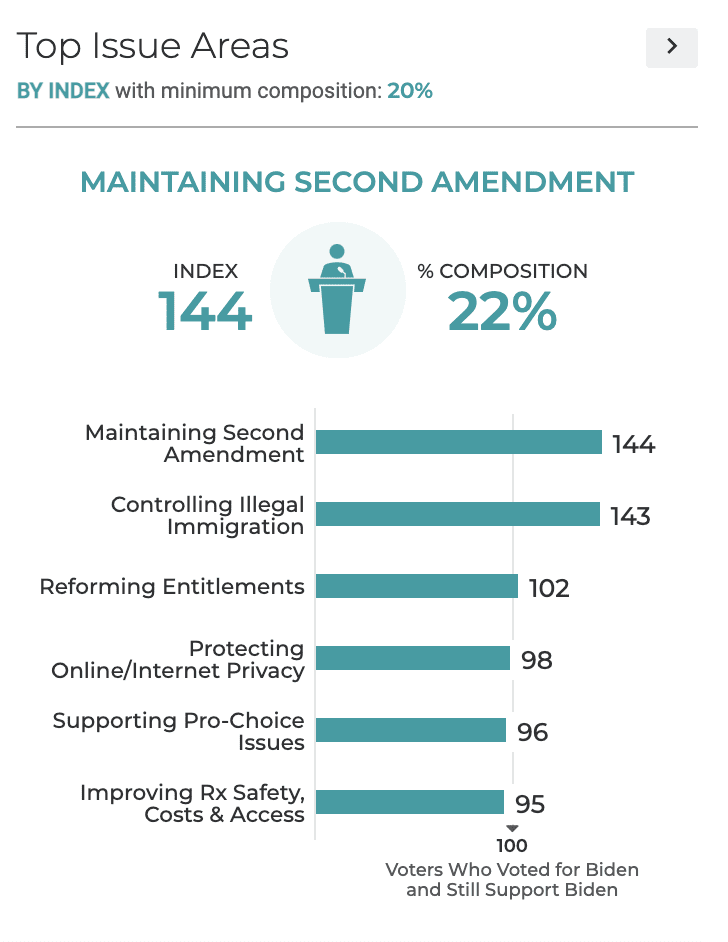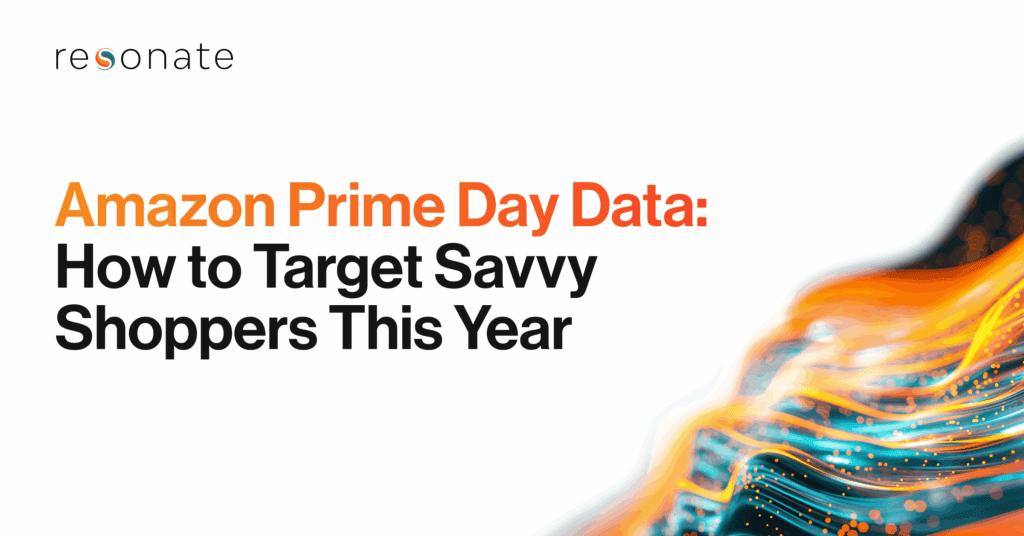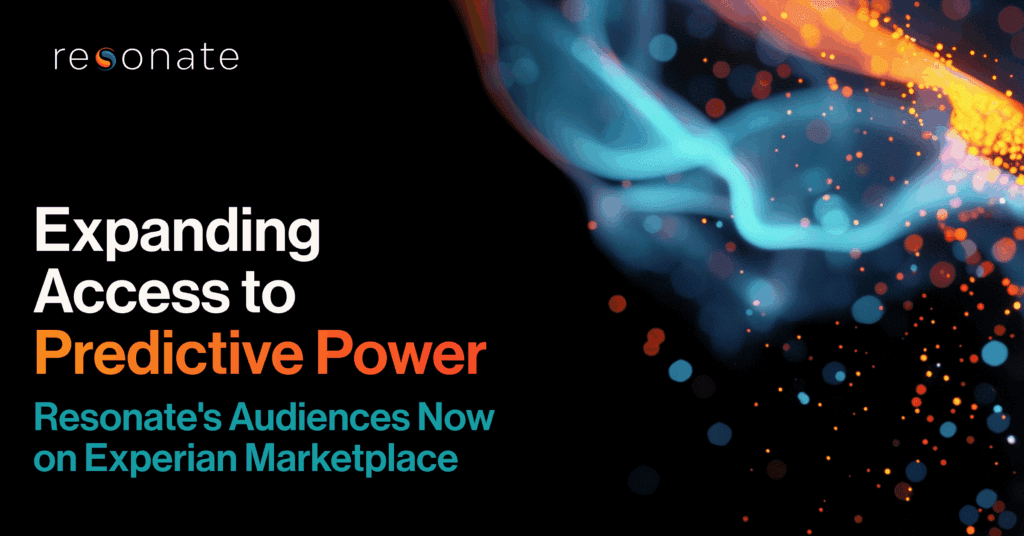A Deep Dive into the Audiences of Post-Trump Issue Advertising
Axios published a piece earlier this month breaking down the percentage of Facebook advocacy and political advertising spending by issue.
The Facebook data shows the 2020 election and its central figure, Trump, slipping from the limelight. Even COVID-focused advertising is dwindling as more Americans get vaccinated and step out into a maskless world. The data show that advertisers have returned to more traditional issues and to current leaders, like Biden, who are now responsible for shepherding new policy solutions in a country rising from an unpredictable pandemic and brutally polarizing election.
At Resonate, we help political advertisers make that sharp pivot from politics to policy by ensuring campaigns can immediately identify the right audiences and deliver a policy-focused message tailored to their hearts and minds. We do so by incorporating policy-focused, AI-driven data that tells you which audience is on which side on any particular issue, and perhaps most importantly, which audience you can actually move. We have this data at the ready for intelligence and activation across the online adult population.
For this exercise, we used the Resonate Ignite Platform™ to uncover deep intelligence on some of the issues that are dominating recent political and advocacy advertising.
Issue Advertising Topic 1: President Biden
Who are the Americans who’ve lost support for the President?
Biden may not be the issue advertising lightning rod that Trump was, but he’s become the recent focus of a lot of policy ads. Perhaps it’s due to his evolving identity as not just the anecdote to Trump, but the new leader of the free world who is expected to deliver both domestically and on the global stage. With midterm elections getting closer by the day, Biden’s policy maneuvers will likely be a central part of campaign messaging in elections throughout the country.
Obviously, the majority of Democratic voters are still behind Biden, but we were curious about those voters who voted for Biden in November but now oppose his handling of the country. How many are there, who are they, and what matters most to them?
Resonate data show that there are over 14 million registered voters who cast a vote for candidate Biden in November, but now oppose President Biden.
The graphic below provides a party-affiliation breakdown of the registered voters who voted for Biden and now oppose his administration. While almost half of these voters are Democrats, we see that Republicans and Independents make up about a quarter each.
What are the major differences in policy priorities between the voters who voted for Biden and now oppose him and those who voted for Biden and still support him? Our models suggest, unequivocally, that Second Amendment issues and controlling illegal immigration are the main drivers behind the voter group that has left the Biden camp.
When compared to voters who still support Biden, the voters who broke away are 44% more likely to care about maintaining the Second Amendment and 43% more likely to care about illegal immigration.
The challenges at the southern border and migration crisis have proved difficult for the incoming administration and as the data show, it’s showing up as a wedge issue with 2020 Biden voters. Similarly, recent events have moved Biden to renew calls for more gun control laws, which may be slightly problematic with a segment of his November supporters who care deeply about Second Amendment protections.
Bonus insights: check out our recent blog to learn more about the 25 million+ gun-owning voters who voted for Biden in 2020
The fact that there are more than 14 million voters who voted for Biden in 2020 and no longer support him – and the data lets us understand the key issues driving the diversion – presents an opportunity for campaigns on both sides.
On the right, campaigns know who and how to message to win a big swath of voters they lost a short eight months ago.
On the left, it’s time for some maintenance work with former supporters to bring them back home by easing concerns on the perceived mishandling of key policies.
Across the board, it’s critical to deeply understand this audience, their demographics, and their personal values and motivations.
Issue Advertising Topic 2: Foreign Policy
To engage or to not engage?
Political and advocacy spending on Facebook also revealed “foreign policy” as a prominent issue advertising topic in the post-Trump era. With so much happening domestically this past year, traditional audience research makes it hard for campaigns to identify active foreign policy voter segments that are worth engaging with issue-focused messaging.
At Resonate, our online models are always on, tracking voters daily on foreign policy insights.
For this exercise, we built a “Laissez-faire” foreign policy voter segment and a “Global Engagement” voter segment, contrasting two distinct registered voter groups based on how they want the U.S. government to handle foreign policy today.
Insights on laissez-faire foreign policy voters
Resonate models identified an online adult audience of roughly 80 million registered voters who believe the U.S. should now be playing a limited role in foreign policy and overseas conflict.
When it comes to their values and motivations, voters who want the U.S. out of global affairs are personally most concerned about safety and maintaining a good public image. Their own values reinforce their foreign policy positioning; it’s best to stay at home where it’s safe and maintain one’s reputation.
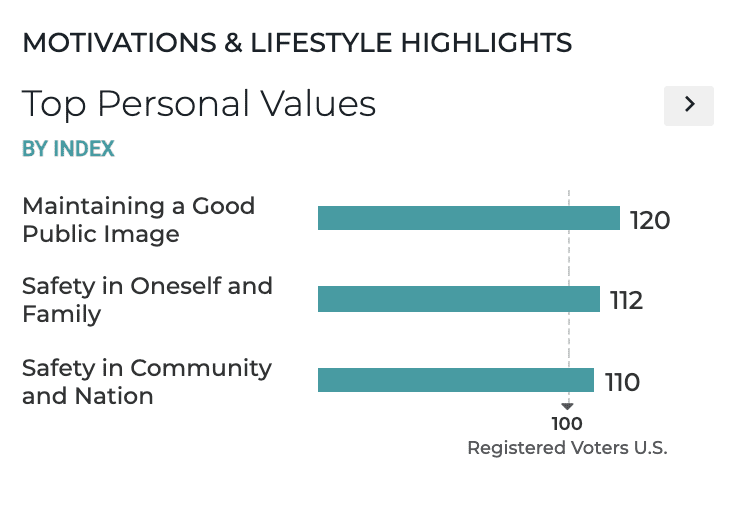
Source: the Resonate Ignite Platform™
Insights on pro-global-engagement foreign policy voters
On the flip side, our models found an online audience of roughly 84 million voters who believe the U.S. should be active in enforcing global order and liberty.
What makes this audience so eager to see their country currently engaged overseas? Our models show this segment is very concerned with issues like disaster and humanitarian relief, water conservation, religious outreach, homelessness, and hunger. As the below chart demonstrates, when compared to an average voter, this audience over indexes on all of these issues.
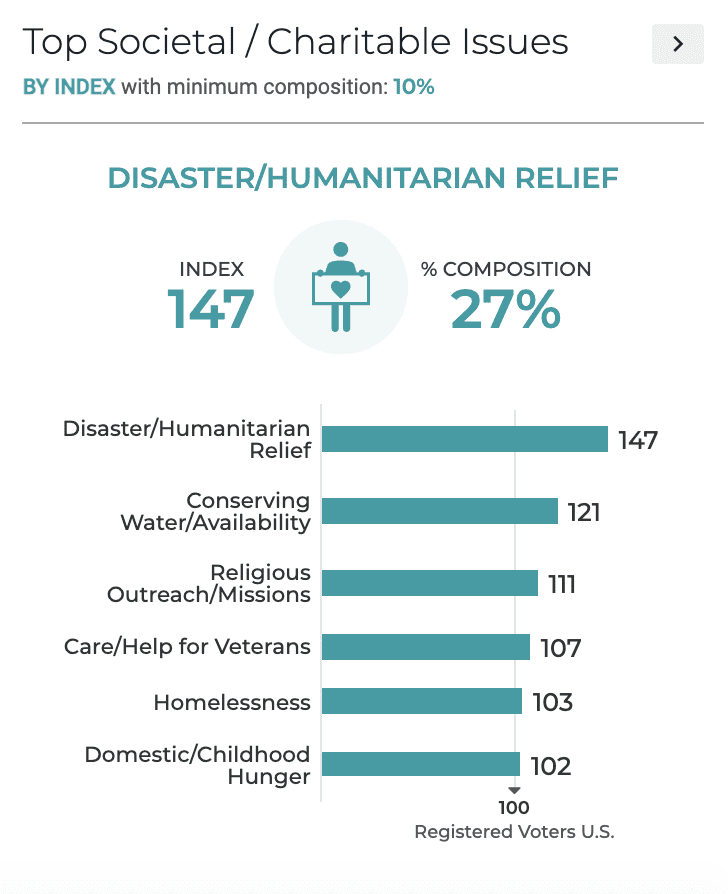
Source: the Resonate Ignite Platform™
With President Biden just returning from the Geneva Summit where foreign policy and humanitarian issues were center-stage, voters are watching how the U.S. is conducting itself globally. For campaigns looking to win support in the foreign policy arena, understanding their target audiences and what drives them will be fundamental to launching successful advertising campaigns.
What audience does your campaign need to understand better and target with issue advertising?
The segments analyzed above are just a few of the thousands of micro-segmented public affairs audiences we can help you analyze, target, and measure.
What are your top issues? What audiences sympathetic to your cause do you need to reach, educate and/or drive to action? Where do you need to build support?
We are here to help. Request a demo or give us a call at 855.855.4320.

